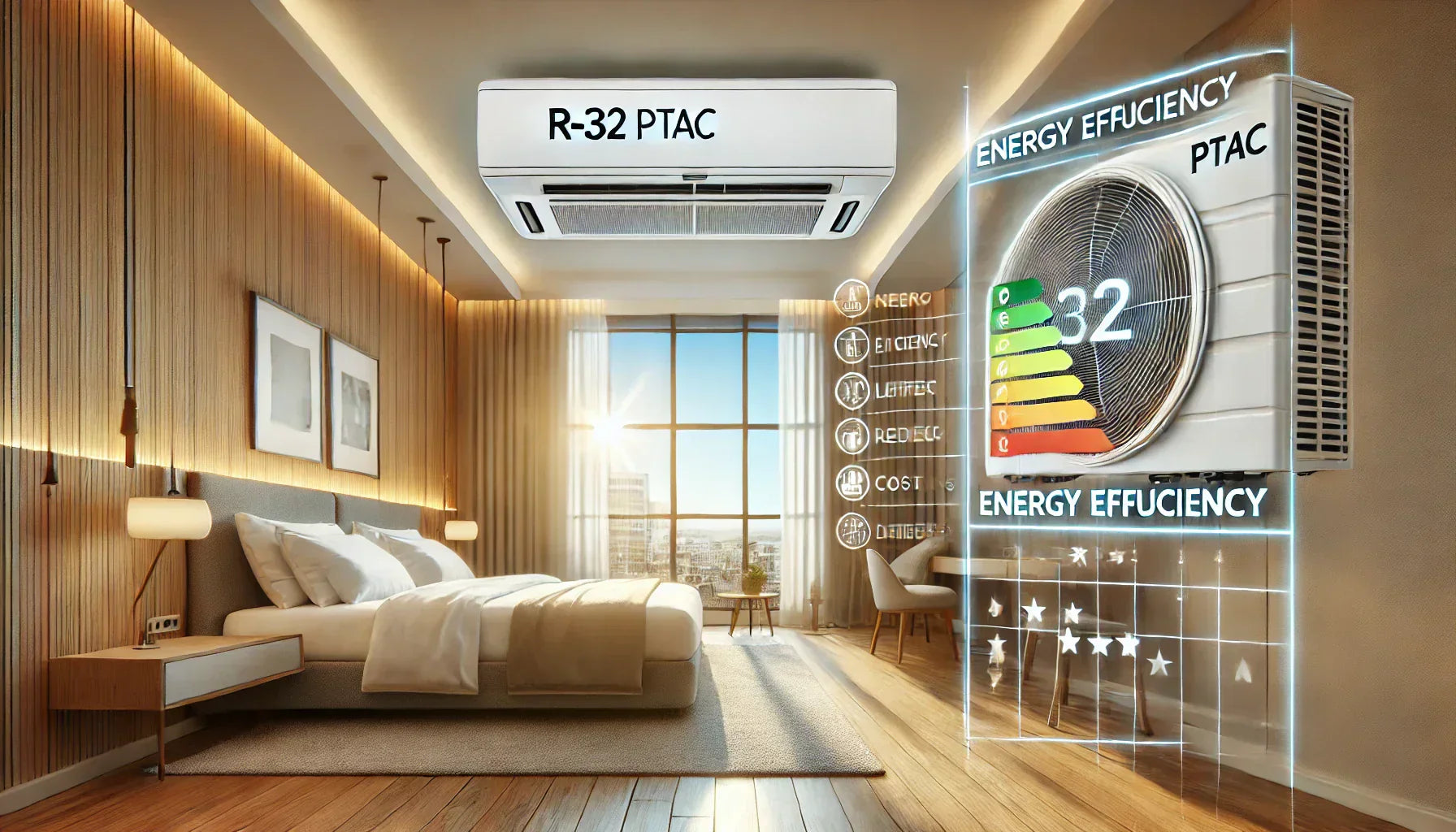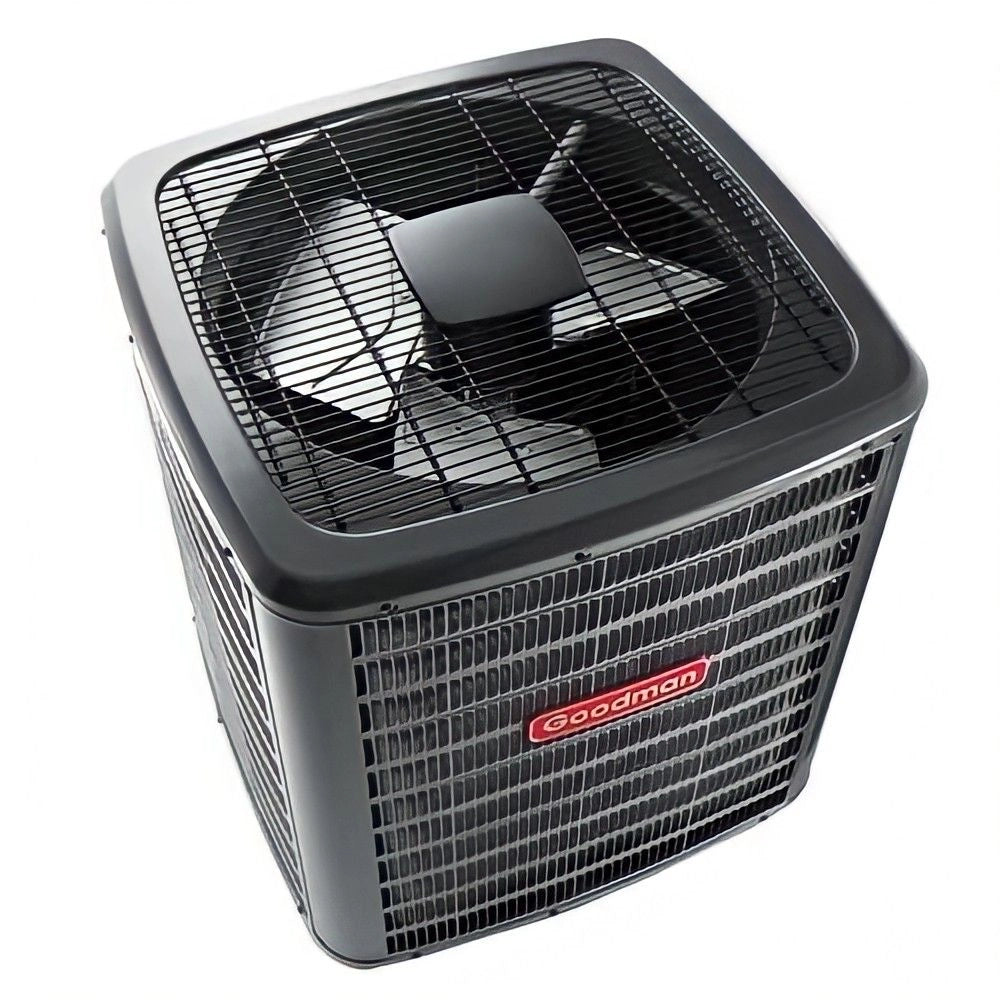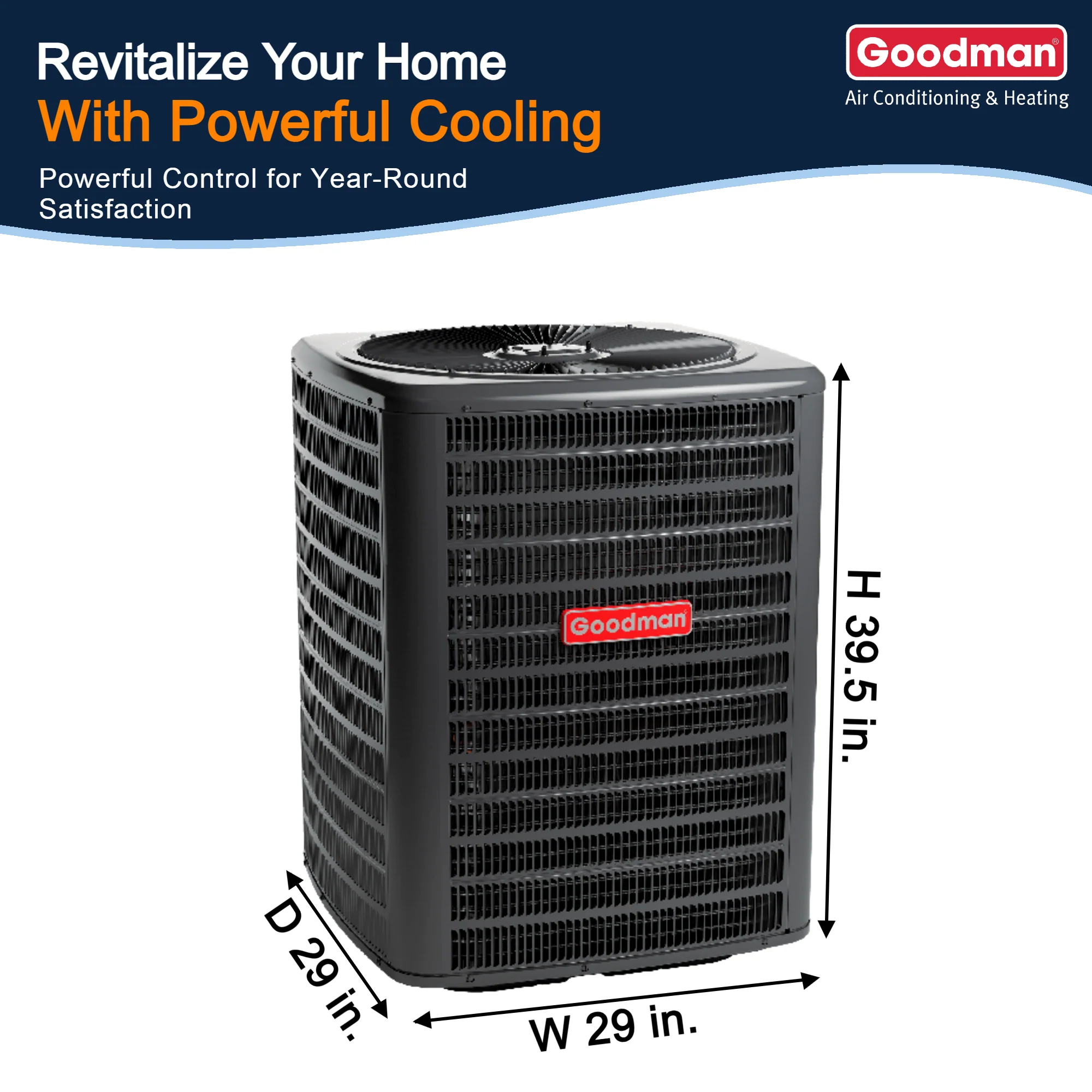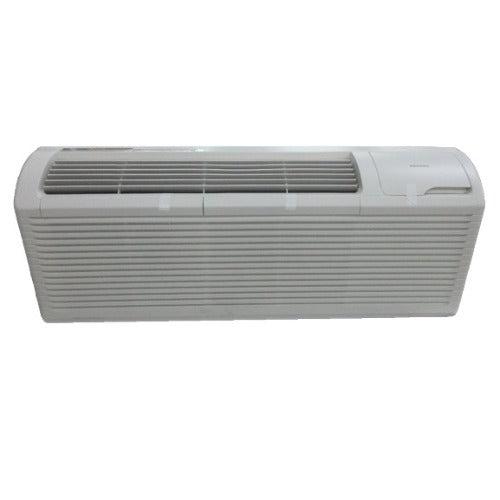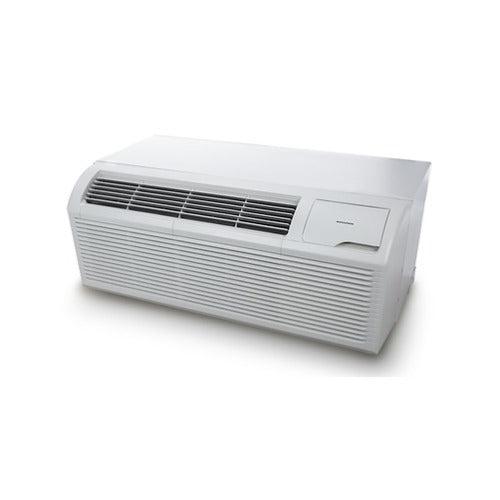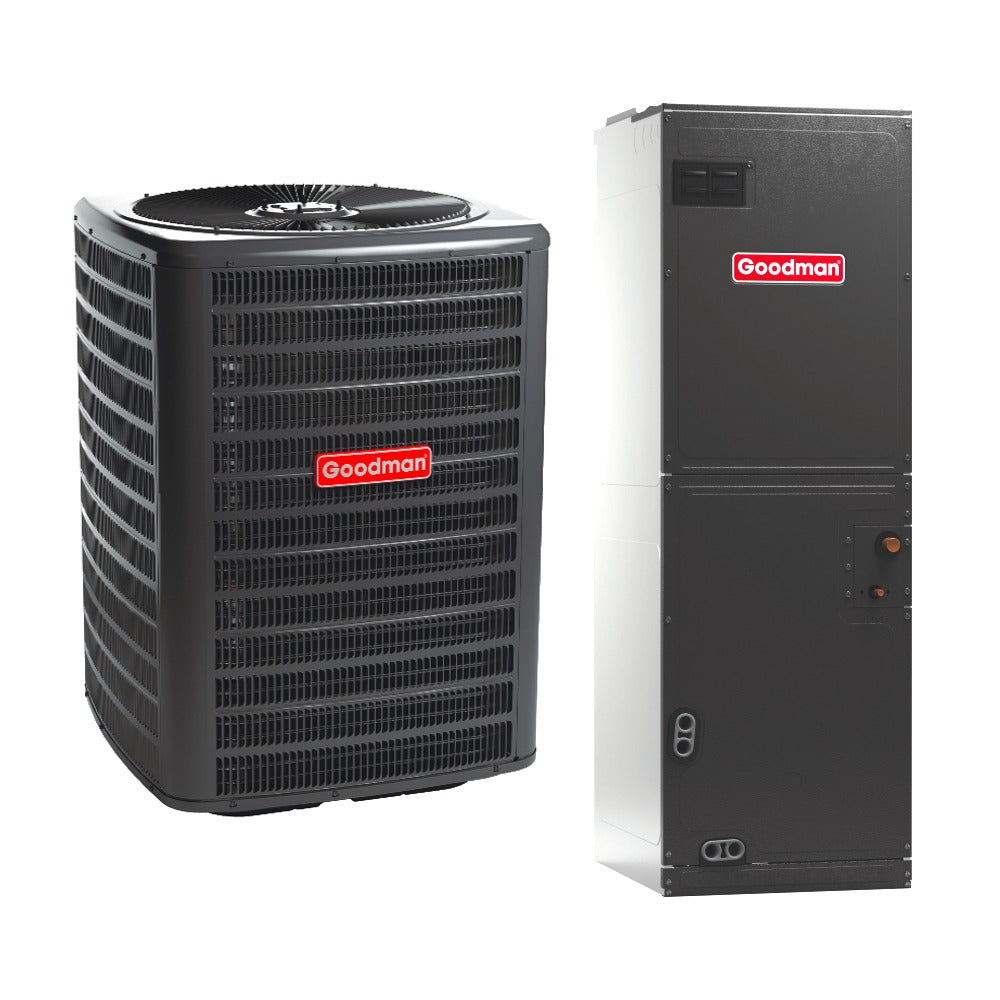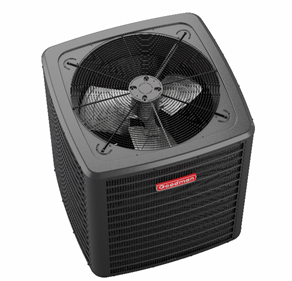Energy Efficiency Benefits of R-32 PTAC Units
Energy efficiency is a crucial factor in modern HVAC systems, and R-32 PTAC units offer significant advantages over traditional refrigerants. This guide explores the key benefits of R-32 PTAC units and how they contribute to energy savings and environmental sustainability.
Lower Global Warming Potential (GWP)
R-32 refrigerant has a much lower GWP compared to older refrigerants like R-410A, making it a more environmentally friendly option. By using R-32, PTAC units reduce their carbon footprint and align with global sustainability goals.
For more information on GWP and refrigerant comparisons, check EPA’s refrigerant impact report.
Improved Heat Transfer Efficiency
R-32 offers superior heat transfer properties, meaning it can achieve the same cooling capacity with less refrigerant. This leads to:
- Lower energy consumption
- Reduced operating costs
- More efficient cooling performance
For a deeper dive into refrigerant efficiency, refer to ASHRAE’s HVAC research reports.
Reduced Carbon Footprint
Energy efficiency improvements directly contribute to reduced power consumption. By lowering electricity use, R-32 PTAC units help decrease greenhouse gas emissions.
For a complete breakdown of HVAC carbon footprint reductions, visit Energy Star’s sustainability insights.
Compliance with Environmental Regulations
Many countries are phasing out high-GWP refrigerants, making R-32 a future-proof solution. Compliance with environmental standards ensures long-term viability and regulatory adherence.
For industry regulations and compliance updates, read UNEP’s refrigerant policies.
Conclusion
R-32 PTAC units provide superior energy efficiency, lower emissions, and long-term cost savings. Investing in this technology ensures compliance with global regulations while reducing environmental impact. With improved cooling performance and reduced operating expenses, R-32 PTAC units are a smart choice for eco-conscious consumers and businesses.

